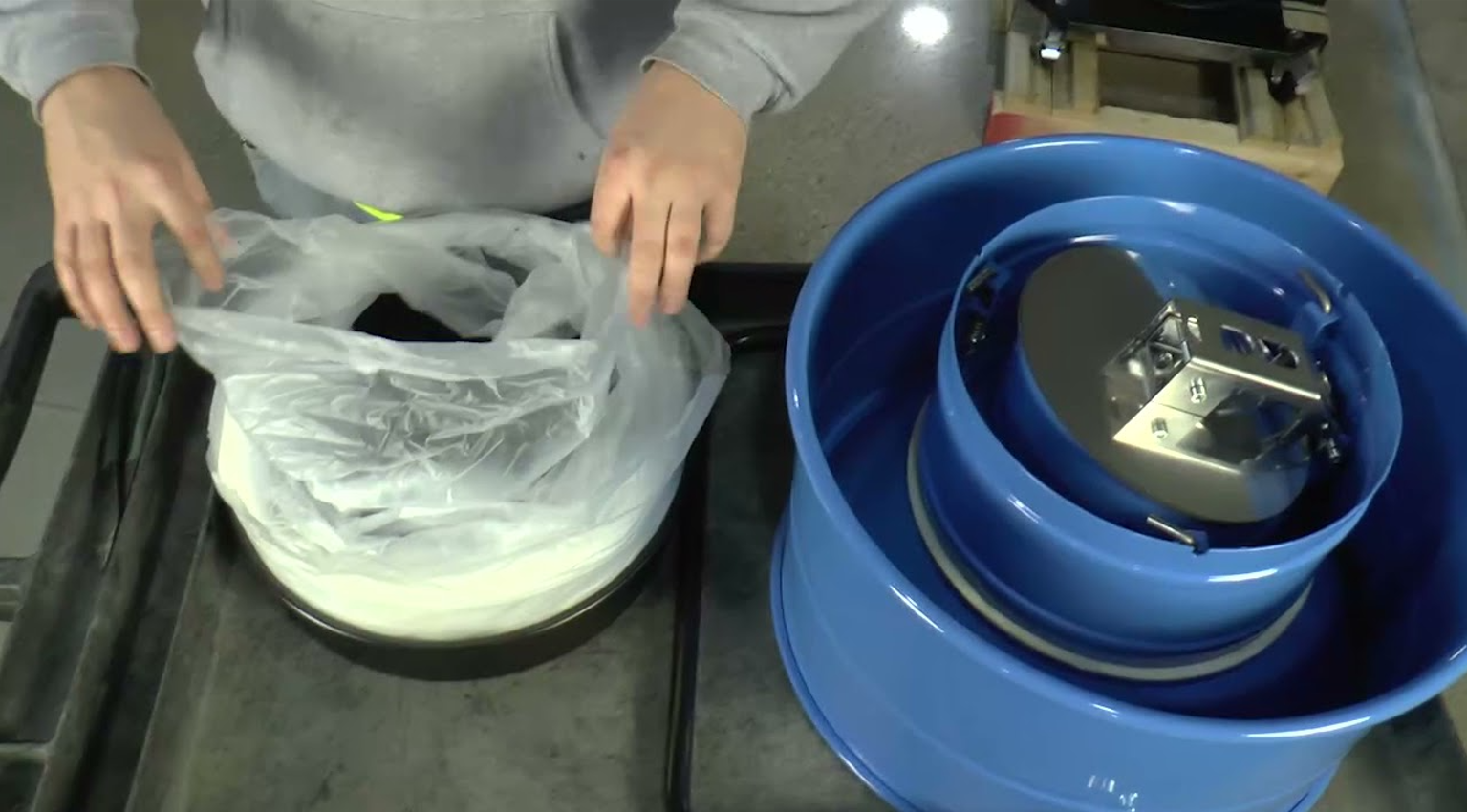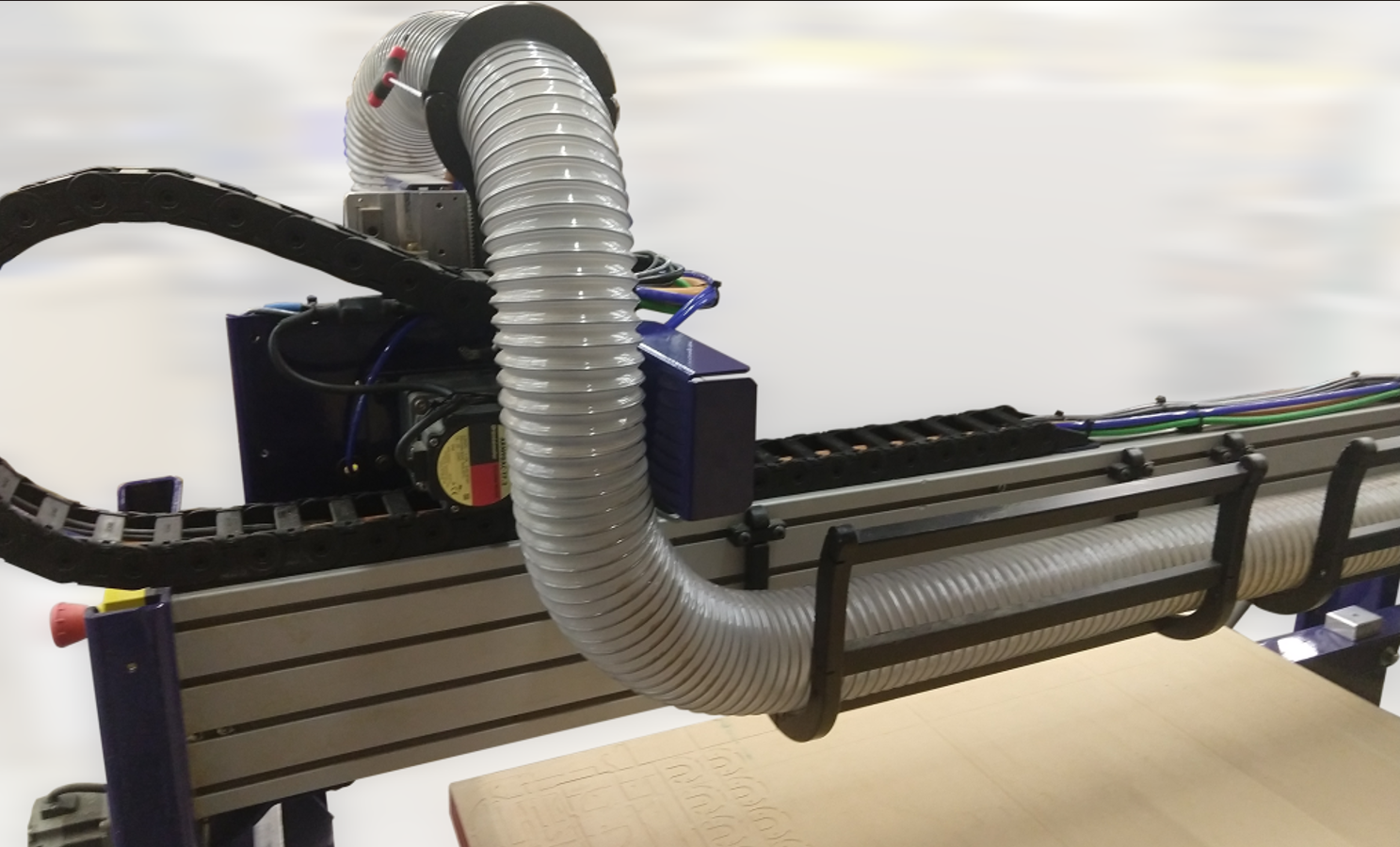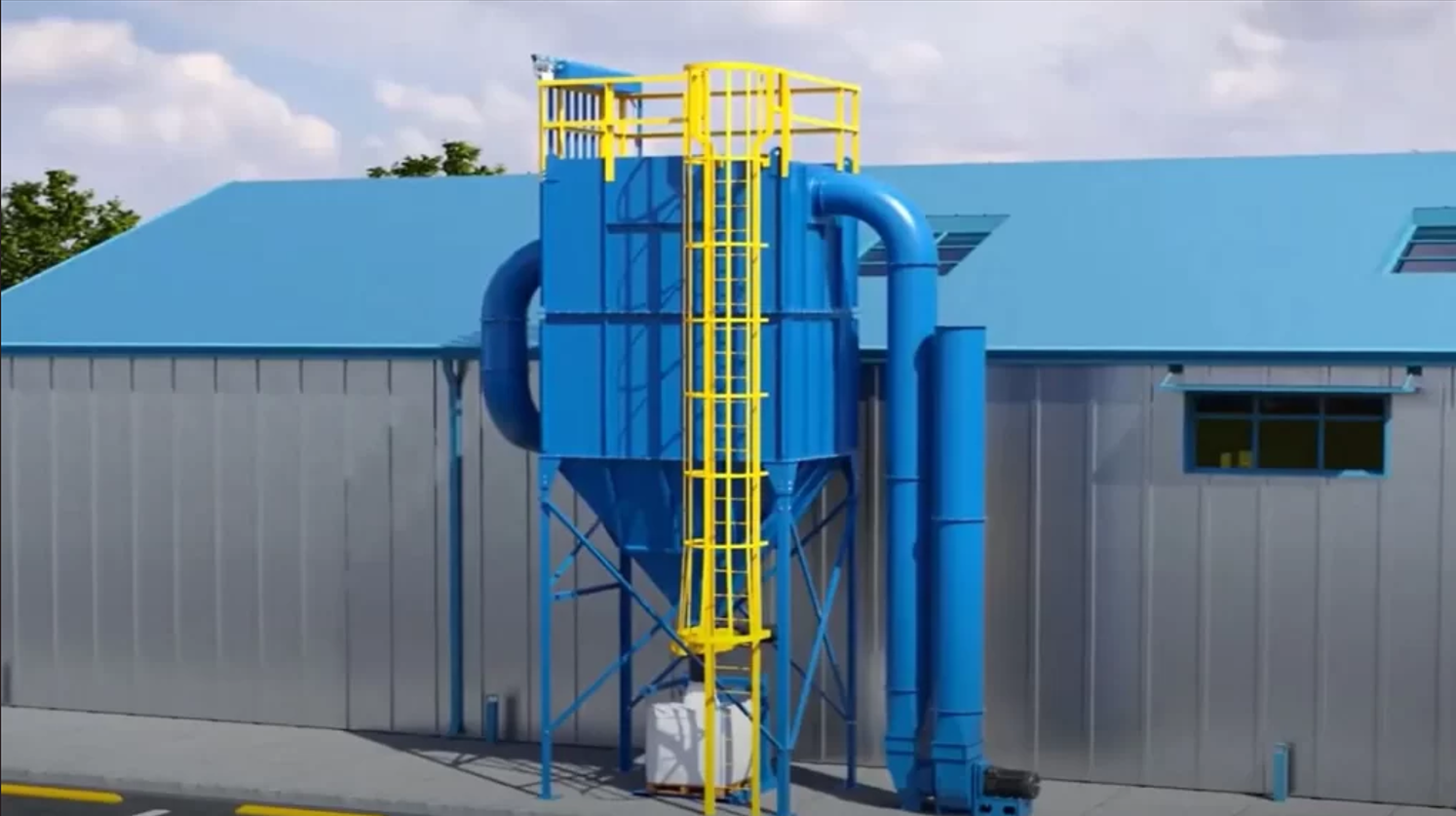Clean air in a workplace is not just about comfort—it is about safety, efficiency, and long-term savings. One of the most essential parts of a dust collection system is the fan and motor. They control how air moves, how dust is captured, and how smoothly the system runs.
Why Fan and Motor Selection Matters
The fan and motor are the “heart” of a dust collector. They keep dust moving through ducts and filters, ensuring clean air in your facility.
Key benefits of the right choice include:
- Strong and steady airflow.
- Less downtime due to fewer breakdowns.
- Lower power bills through efficient use of energy.
- Compliance with safety and air-quality standards.
Things to Look at When Choosing a Dust Collector Fan
1. Airflow Needs
Airflow is measured in CFM (cubic feet per minute). Your fan should move enough air to capture dust at the source. If the fan is too small, dust will escape. If it’s too big, you waste energy.
2. Static Pressure
Static pressure is the resistance the fan must overcome to move air through ducts and filters. Always check this number before selecting a fan.
3. Fan Type
There are two main fan types:
- Centrifugal fans are best suited for high-pressure and heavy-duty dust collection.
- Axial flow fans are best suited for situations requiring high airflow with lower resistance.
4. Noise and Energy
Noisy fans can disturb workers. Choose a fan that balances airflow with low noise and energy efficiency.
How to Choose the Right Motor
The motor powers the fan. If it’s not strong enough, the fan cannot perform well.
Here’s what to consider:
- Horsepower (HP): Should match airflow and pressure needs.
- Voltage and Phase: Match the motor to your site’s power supply.
- Duty Cycle: If your system runs all day, you need a motor built for continuous use.
- Efficiency: High-efficiency motors save electricity and reduce running costs.
Fitting Fan and Motor into Your System
The fan and motor must work well with your whole dust collection setup. For example:
- An industrial dust collector requires a fan and motor capable of handling large air volumes without compromising performance.
- A system with a bag filter requires a motor strong enough to maintain steady suction, even when the filters create resistance.
- Axial or centrifugal fans must be chosen based on dust type and air movement requirements.
Quick Tips Before You Decide
- Always check the fan’s performance curve to match airflow with resistance.
- If your business might expand, choose a slightly more potent motor and fan.
- Avoid going for the cheapest option—poor quality leads to high maintenance later.
- Speak to a trusted manufacturer to get a system designed for your exact needs.
The fan and motor in a dust collector are not just mechanical parts. They determine how well your system performs, how clean your workplace air remains, and how much you spend on energy and repairs.



